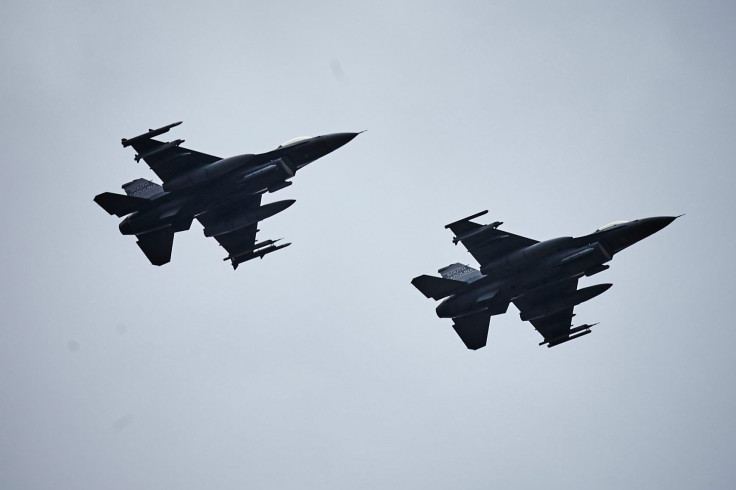Trillion Dollar Cost Doesn't Help F-35 Stealth Jet In Dogfight Against F-16 Fighting Falcon Over California

It looks like the U.S. military just spent more than a trillion dollars on a fighter jet that can't fight. At least one test pilot thinks so after flying the new F-35 stealth plane in a trial dogfight against the much older F16 fighter jet. And losing.
The unnamed test pilot took the F-35 Joint Strike Fighter out for a spin in the skies off the coast of California in January and found out, among other things, the highly anticipated new jet can't turn, climb or evade gunfire faster than an F-16. That's according to a five page military briefing report obtained by journalist David Axe of the influential blog War Is Boring. The file was marked as unclassified but “official” and was not reproduced in full.
“The evaluation focused on the overall effectiveness of the aircraft in performing various specific maneuvers in a dynamic environment,” the pilot wrote. “This consisted of traditional Basic Fighter Maneuvers in offensive, defensive and neutral setups at altitudes ranging from 10,000 to 30,000 feet.”
The F-35 pilot explained his plane was flying without anything under its wings or in its internal weapons bays, which would weigh it down. The F-16 was flying with fuel drop-tanks beneath its wings, a stipulation that should have given the F-35 a distinct advantage. Think again.
This isn't only concerning because a trillion-or-so dollars have already been sunk into developing the F-35. The U.S. Air Force, Navy, Marines and a number of U.S. allies are banking on the jet to replace their current aircraft.
Pierre Sprey, who designed the 1970s-era F-16, told CBC last year the new F-35 is an “inherently terrible plane” that's heavy enough to become “astonishingly unmaneuverable...In dogfighting it's hopeless.”
That said, it could be argued the F-35 was built for a post-dogfight era where air-to-air engagements happen with precision armaments long before the enemy comes within visual range.
© Copyright IBTimes 2025. All rights reserved.




















